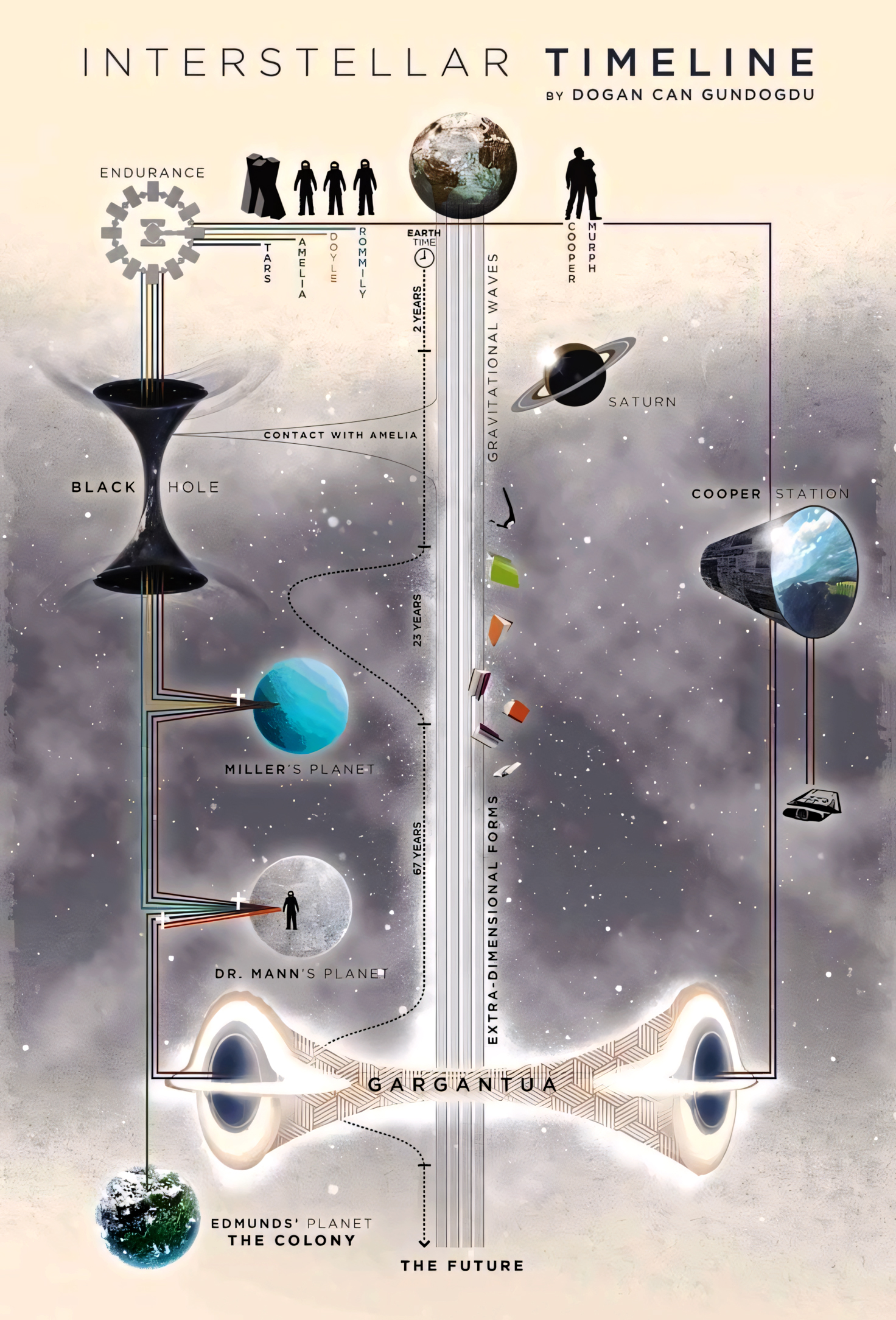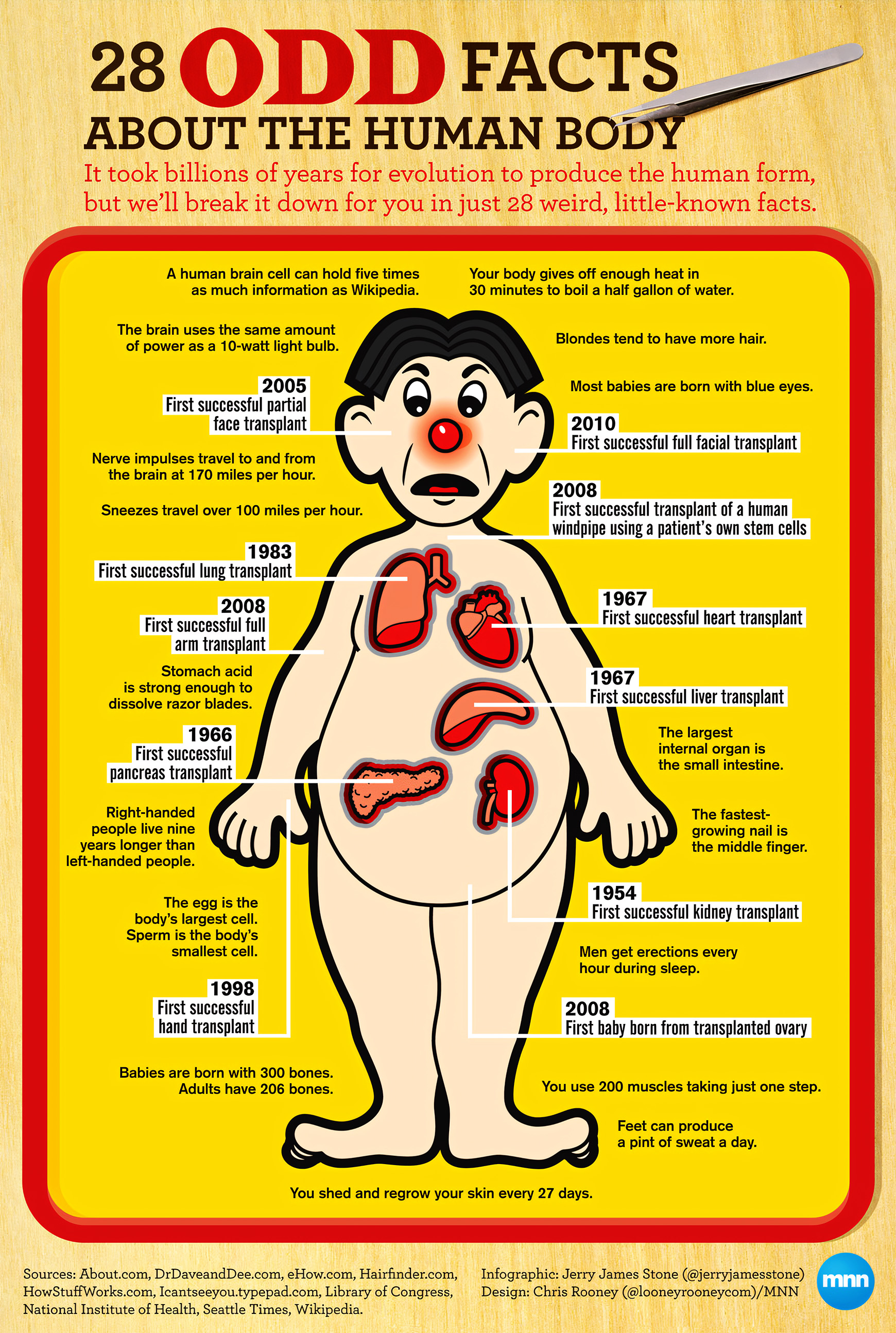Human Evolution: A Masterpiece of Adaptation and Trade-offs
Human evolution is an epic story of innovation, trial, and error — a staggering 4-billion-year journey of problem-solving, where organisms became increasingly capable of extracting advantage from their environment. And yet, it’s not a linear march toward perfection. Evolution is a trade-off, a game where gains in one area are often paid for with losses in another. This infographic lays out the story of how humans emerged, generation by generation, with adaptations sculpted by natural selection into a form we recognize as us.
But, as evolutionary biologist Brett Weinstein often emphasizes, understanding our evolutionary path doesn’t just reveal where we came from. It tells us why we are the way we are — and what lies ahead if we continue to ignore our biological heritage.
Let’s dive in.
Unicellular Life: Where It All Began
We begin around 4. 3 billion years ago with the protocells — simple, self-replicating molecules that represented the first faint flicker of life. But here’s the critical point: life didn’t start with a grand plan. It started because it could. Over millions of years, these protocells evolved, driven by random mutations and environmental pressures, leading to increasingly complex forms. As we uncover more about the origins of life through advanced techniques and universe mapping insights, we gain a deeper appreciation for the serendipitous nature of evolution. This journey from simple molecules to diverse organisms showcases the remarkable adaptability and resilience of life on our planet.
RNA molecules stabilized, and eventually DNA emerged as the superior replicator. At this point, natural selection had begun its slow, relentless optimization of survival systems.
What’s fascinating here is the gain of structure: organelles like mitochondria (the energy powerhouse) and sexual reproduction evolved, increasing complexity and adaptability.
Multicellular Life: Cooperation and Specialization
Around 850 million years ago, unicellular organisms took a massive leap — they began to work together. This was the birth of multicellular life, a stunning example of the evolutionary principle that collaboration unlocks extraordinary possibilities.
Here we see the early ancestors of all animals — organisms like Dickinsonia — experimenting with symmetry, tissue differentiation, and mobility. These systems weren’t “designed”; they emerged because coordinated complexity solved problems that single cells could not.
But this complexity came at a cost: dependency. Specialized cells could no longer live on their own. Cooperation always has trade-offs.
The Rise of Chordates: Animals With Backbones
The chordates mark another leap forward — the emergence of backbones, early spinal cords, and bilateral symmetry.
- Animals like Pikaia (540 million years ago) began to form structures that allowed for mobility, strength, and eventually nervous system coordination.
- At this stage, we see the first inklings of the innovations that define vertebrates: brains, blood circulation, and even basic sensory organs.
This wasn’t a step toward humanity per se. It was simply a step toward adaptability. Organisms with early spinal structures could move better, survive longer, and reproduce successfully.
Tetrapoda: Walking on Land
By 380 million years ago, vertebrates took their boldest step yet: they left the water. Early tetrapods like Tiktaalik had developed limbs capable of bearing weight. This transition was profound:
- It required lungs for oxygen intake and adaptations for body structure, vision, and sensory integration.
- It marked the start of terrestrial life — a move that opened up vast new ecosystems, but forced organisms to cope with gravity, UV radiation, and new predators.
And here lies the trade-off: specialization. These adaptations for terrestrial life came at the cost of versatility. As Weinstein might argue, evolution doesn’t produce perfection; it produces “good enough” solutions to immediate problems.
Mammalia: Warm-Blooded Innovators
Fast forward to 230 million years ago. The mammals arrive, with major innovations like:
- Endothermy (warm-bloodedness), which allowed mammals to survive in variable climates.
- Live birth and milk glands, which shifted survival pressure onto parental care rather than sheer reproductive volume.
Mammals invested heavily in energy use. Constant body temperature is costly, but it provided a survival edge, unlocking an entire ecological niche.
Primates and the Great Apes: Forward Thinking
By the time primates appeared (60 million years ago), evolution had begun fine-tuning traits that define us today:
- Forward-facing eyes for depth perception.
- Grasping hands and opposable thumbs for manipulating objects.
- Brain expansion for processing complex information.
At this stage, our ancestors were not just adapting physically. They were adapting cognitively. Tools, problem-solving, and cooperation became critical survival strategies.
The emergence of the Hominidae (Great Apes) was pivotal. The most profound innovation? Likely bipedalism. Walking upright freed our hands, enabling tool use and further fueling brain expansion.
But what did we sacrifice? Weinstein often points to the cost: human skeletal structure is prone to back pain and joint issues. Evolution gave us locomotion — but at a price.
Genus Homo: The Birth of Modern Humans
The genus Homo emerges around 2 million years ago. These early humans — Homo habilis, Homo erectus, and others — refined tools, tamed fire, and developed the cognitive capacity for planning, memory, and culture.
By the time Homo sapiens arrived, humans had unlocked something extraordinary:
- Symbolic thought, enabling language, art, and abstract reasoning.
- The ability to manipulate and reshape their environment, for better or worse.
Here’s the central idea: Humans didn’t emerge as the apex predator through brute strength or speed. We emerged because our brains made us adaptive. Culture became our survival strategy — an innovation that allowed knowledge to be shared across generations. As a result, our ability to communicate and collaborate transformed the way we navigated our environment, paving the path for complex societies and technologies. This collective intelligence has been likened to a voyager’s remarkable journey through space, where each shared experience and lesson learned adds to the vastness of our understanding. Ultimately, it is this intellectual adaptability, rather than mere physical prowess, that has allowed humanity to thrive in diverse and often challenging landscapes.
But this unprecedented success also planted seeds of fragility. Weinstein might argue that humans, now masters of their environment, are increasingly vulnerable to the mismatch between our ancient biology and modern world.
Evolving Into the Future: What Lies Ahead?
The infographic ends with speculation: where will humans go next?
- Will we experience a “Great Averaging”, where global mixing smooths out genetic diversity?
- Will humans become taller, leaner, and less aggressive?
- Or will modern technologies — from gene editing to AI — fundamentally alter the evolutionary process?
The reality is that natural selection doesn’t stop. It just changes its rules. In the modern world, survival pressures are no longer about hunting food or escaping predators. They’re about navigating complex systems — technology, culture, and environments we ourselves have created.
And here’s the challenge: humans are biologically adapted to a world that no longer exists. As Brett Weinstein often warns, if we fail to recognize our evolutionary origins and the trade-offs that got us here, we risk maladapting — solving short-term problems at the cost of long-term resilience.
Evolution is not over. It’s just entered a new phase. The question is: What comes next?








